calsfoundation@cals.org
Wooster (Faulkner County)
| Latitude and Longitude: | 35°12’07″N 092°27’22″W |
| Elevation: | 289 feet |
| Area: | 2.87 square miles (2020 Census) |
| Population: | 1,042 (2020 Census) |
| Incorporation Date: | April 28, 1958 |
Historical Population as per the U.S. Census:
|
1810 |
1820 |
1830 |
1840 |
1850 |
1860 |
1870 |
1880 |
1890 |
1900 |
|
– |
– |
– |
– |
– |
– |
– |
– |
– |
– |
|
1910 |
1920 |
1930 |
1940 |
1950 |
1960 |
1970 |
1980 |
1990 |
2000 |
|
– |
– |
– |
– |
– |
161 |
307 |
398 |
414 |
516 |
|
2010 |
2020 |
|
|
|
|
|
|
|
|
|
860 |
1,042 |
|
|
|
|
|
|
|
|
Wooster is a city in Faulkner County, seven miles north of Conway (Faulkner County) and four miles west of Greenbrier (Faulkner County). Although it was settled in the later years of the nineteenth century, it did not incorporate until 1958.
Land grants were given to Frederick Campbell, Alexander Ferguson, John Lewis, and John Wiser in 1820 for the section of land where Wooster would be developed. Evidently, they farmed the land without developing a community, since the first recorded structure in the area was a store built by N. E. Adams around the middle of the nineteenth century. Adams also maintained a sawmill and a cotton gin. Adams sold his store to J. P. Wooster in 1881. The community was named for Wooster, who is described in local histories as “acting postmaster.” When the U.S. Postal Service established a regular post office at Wooster in 1883, however, the first official postmaster was James H. Smith.
A private school was established in 1883 on a hill on the James Carter farm, just north of a toll bridge over Greenbrier Creek, variously called the Kings Bridge and the Cadron Bridge. Five years later, a free school was established east of Wooster. This school building was destroyed by a tornado on April 13, 1911, but was rebuilt shortly thereafter. Around 1900, Hease Robinson bought a store in Wooster. It remained open for thirty years, until the time of the Depression. Wooster Baptist Church was organized in 1916.
Led by schoolteacher J. L. Woodard, an emigration club was formed in Wooster. As part of the Back-to-Africa Movement, the club consisted of African Americans seeking to move to Liberia, a country in Africa. By 1893, 148 people had joined the club; although they raised money to sponsor their journey and also sought government funds, it appears that they never succeeded in emigrating.
In 1926, U.S. Highway 65 was built through Wooster, linking Conway to Damascus (Van Buren and Faulkner counties) and other cities to the north. At that time, the community had three general stores, a post office, and a blacksmith. In 1931, the highway was relocated to the east, traveling through Greenbrier rather than through Wooster.
A high school was built north of town in the 1920s. Student teachers from the Arkansas State Normal School in Conway (now the University of Central Arkansas) taught in the high school. Future state education commissioner Arch Ford attended this school. An African-American church existed south of Wooster at this time but no longer survives.
State Highway 25 was built through Wooster in the 1920s. A large oak tree stood in the center of the roadbed, with northbound drivers passing to one side of the tree, while southbound drivers navigated around the other side. During the Depression, the schools in Wooster were among the first in Arkansas to serve hot lunches to students. Children were charged ten cents for their lunch and were required to bring plates and silverware from home.
Citizens of Wooster voted to incorporate in 1958, the same year that the Wooster school system was consolidated into the Greenbrier School District; Wooster Elementary School is located in Greenbrier. John Patton served as mayor for the first sixteen years of the city’s history.
By 2001, the growing community had several general stores, gas stations, a welding shop, a car wash, and other miscellaneous businesses. Several new subdivisions were built in the following years, causing the population of Wooster to swell from 516 to 860 between 2000 and 2010. A city park was developed on the west side of Wooster, and additional water service was added for homes on the north side of the city. Wooster’s water comes from Greers Ferry Lake in Cleburne County.
According to the 2010 census, the city of Wooster includes 817 residents who are white, fourteen who are Hispanic, and no African Americans. The city has one building on the National Register of Historic Places, the Patton House, which was built by a Wooster merchant in 1918.
For additional information:
Barnes, Kenneth C. “The Back-to-Africa Movement in Faulkner County.” Faulkner Facts and Fiddlings 39 (Spring-Summer 1997): 1–14.
Pearson, Arch E. “Memories of the Wooster Community.” Faulkner Facts and Fiddlings 6 (Winter 1964): 83–90.
Thomas, Bill. “A History of Wooster, Arkansas.” Faulkner Facts and Fiddlings 57 (Spring/Summer 2015): 9–21.
Thomas, Roy E. “Collected Wooster Stories.” Faulkner Facts and Fiddlings 33 (Fall/Winter 1991): 44–46.
Trower, Kathy. “Some Homes in Wooster Date Back to the Late 1800s.” Arkansas Democrat-Gazette, June 17, 2001, p. 5R.
Steven Teske
Butler Center for Arkansas Studies
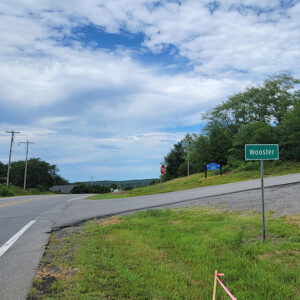 Entering Wooster
Entering Wooster  Faulkner County Map
Faulkner County Map 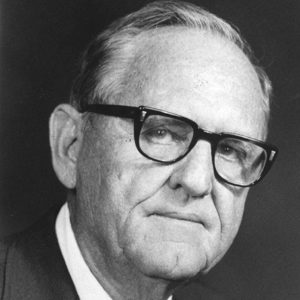 Arch Ford
Arch Ford 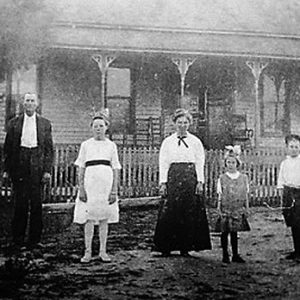 Ford House
Ford House 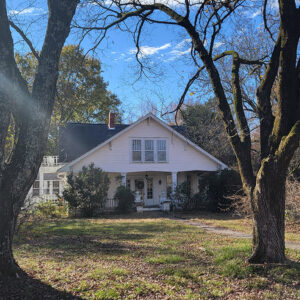 Patton House
Patton House 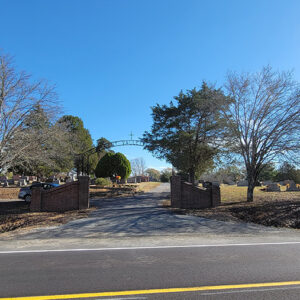 Pleasant Valley Cemetery
Pleasant Valley Cemetery  Wooster Municipal Building
Wooster Municipal Building 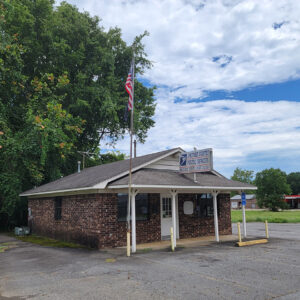 Wooster Post Office
Wooster Post Office  Wooster Street Scene
Wooster Street Scene 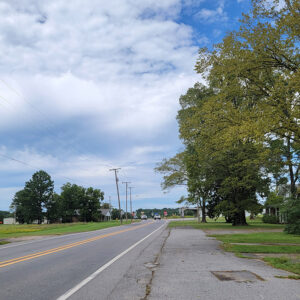 Wooster Street Scene
Wooster Street Scene 




Comments
No comments on this entry yet.